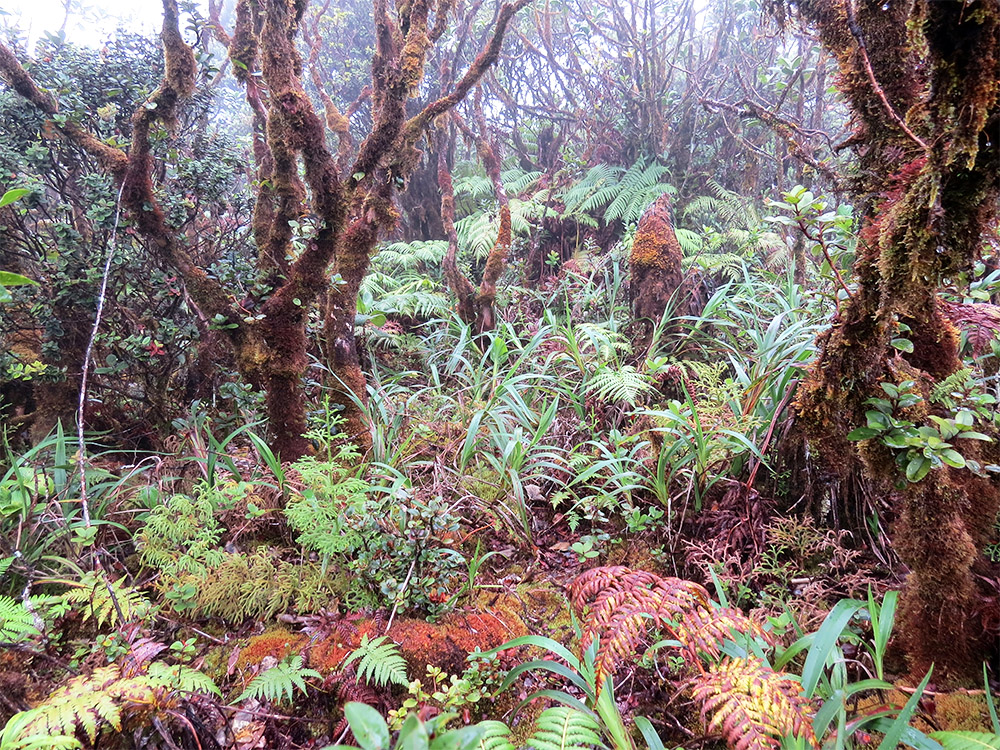May 19, 2025
UNOC 3 Position Paper
Read our position paper on The 3rd United Nations Ocean Conference (UNOC 3) to see why we're attending and what we aim to accomplish!
We use cookies to help you navigate efficiently and perform certain functions. You will find detailed information about all cookies under each consent category below.
The cookies that are categorized as "Necessary" are stored on your browser as they are essential for enabling the basic functionalities of the site. ...
Necessary cookies are required to enable the basic features of this site, such as providing secure log-in or adjusting your consent preferences. These cookies do not store any personally identifiable data.
Functional cookies help perform certain functionalities like sharing the content of the website on social media platforms, collecting feedback, and other third-party features.
Analytical cookies are used to understand how visitors interact with the website. These cookies help provide information on metrics such as the number of visitors, bounce rate, traffic source, etc.
Performance cookies are used to understand and analyze the key performance indexes of the website which helps in delivering a better user experience for the visitors.
Advertisement cookies are used to provide visitors with customized advertisements based on the pages you visited previously and to analyze the effectiveness of the ad campaigns.
When it comes to invasive species, stopping a problem before it grows out of control is always the best solution. In Hawaii the Miconia plant is case and point of the damages a species can cause if left unchecked. Miconia, also known as the “Velvet Tree” is an invasive weed that the Hawaii Invasive Species Council considers to be the most damaging invasive plant in the state. The devastating impacts it has on the native ecosystem has earned it the nickname “the velvet cancer.”
Miconia, a plant native to South America, was first noted in Hawaii at a botanical garden in 1959. It has since prompted invasive species management in the state. Conservationists are concerned that the invasive plant might be too widespread to fully eradicate. Christy Martin, a public information officer for the Coordinating Group on Alien Pest Species commented:
Our hope is to find biocontrols that are able to at least make the plant behave better.

Miconia is highly invasive throughout Hawaii due to its high seed output and the dense patches it grows in (which block out light for native species). A single plant can produce 1 million seeds which can remain viable but dormant in the seed bank of the soil for up to 15 years. Miconia’s invasive traits have made it one of the most damaging plants in the state. Franny Kinslow Brewer, communications director for the Big Island Invasive Species Council explained:
Even if you control the adult plants, the seed bank is just going to go on and on and on.
Although conservationists see little hope for eradicating the invasive plant, they are attempting to control its spread so that Hawaii does not end up like Tahiti, where the Miconia displaced almost two-thirds of native forests since its initial introduction in the 1930’s.
Researchers have determined that the best hope for controlling the continued spread of the species is the use of biocontrols, which would stop or slow the rate of Miconia establishment in new areas. The attempted controls of Miconia in the past have revealed the best ways to try and control invasive species. The lesson here is clear – the faster you catch an invasive species the better, but when extensive damage is already done, management is still very important.
Featured photo: Coconut Coast – Lihue-Koloa Forest Reserve. Credit: Kwong Yee Cheng
Source: Hawaii Tribune-Herald
Check out other journal entries we think you might be interested in.
Notifications